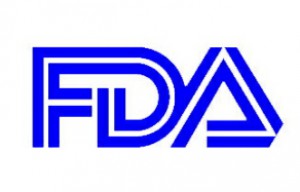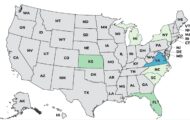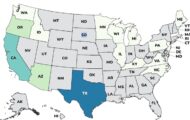The FDA has rejected a petition by the Corn Refiners Association to change the name of high fructose corn syrup (HFCS) to “corn sugar”. The government said that “sugar is a solid, dried and crystallized food, whereas syrup is an aqueous solution or liquid food. … Instead, HFCS is an aqueous solution sweetener derived from corn after enzymatic hydrolysis of cornstarch, followed by enzymatic conversion of glucose to fructose.”
 In rejecting the HFCS name change petition, the agency also stated that the term “corn sugar” is used to describe dextrose, which is a safe sugar for people with heredity fructose intolerance or fructose malabsorption, who must avoid fructose. In the denial, the FDA stated that “changing the name for HFCS to ‘corn sugar’ could put these individuals at risk and pose a public health concern.”
In rejecting the HFCS name change petition, the agency also stated that the term “corn sugar” is used to describe dextrose, which is a safe sugar for people with heredity fructose intolerance or fructose malabsorption, who must avoid fructose. In the denial, the FDA stated that “changing the name for HFCS to ‘corn sugar’ could put these individuals at risk and pose a public health concern.”
According to the Mayo Clinic, research studies on the safety and possible adverse effects of HFCS are mixed. Doctors at that hospital say that no diet should be high in sugar, and that includes HFCS. A team of researchers at Princeton University found that rats given high fructose corn syrup gained “significantly more weight” than those given table sugar, even when caloric intake for both groups was the same.
In addition, those Princeton researchers found that the rats fed HFCS showed signs of the condition called “metabolic syndrome”, including “abnormal weight gain, significant increases in circulating triglycerides and augmented fat deposition, especailly visceral fat around the belly.”
Dr. Urvashi Rangan, director of the Consumer Safety Group at Consumer Reports, said, “The FDA did the right thing. High fructose corn syrup is not ‘corn sugar.’ If the name had been changed, it would have given consumers the wrong impression that this product is ‘natural.’ This is a corn starch that has to be chemically processed. The term ‘corn sugar’ simply doesn’t reflect the chemical changes that take place in production. Consumers know the term high fructose corn syrup, and they should be able to easily differentiate among products that use it.”




